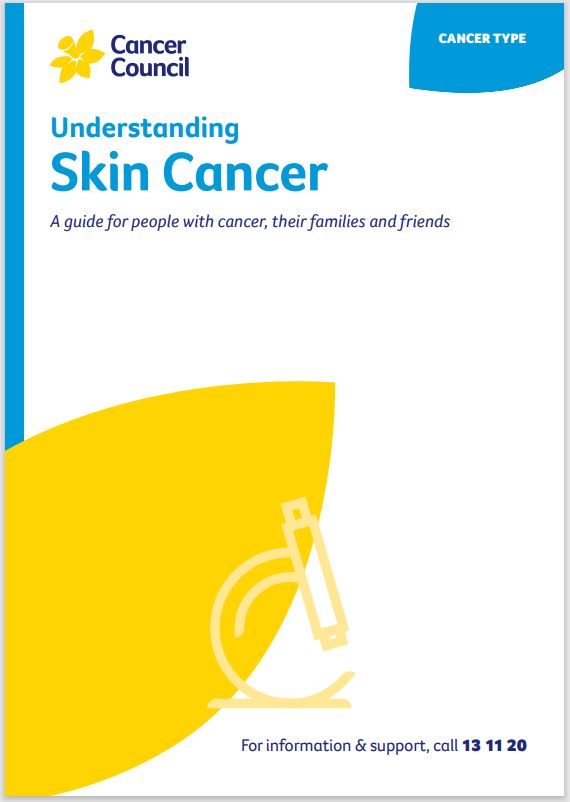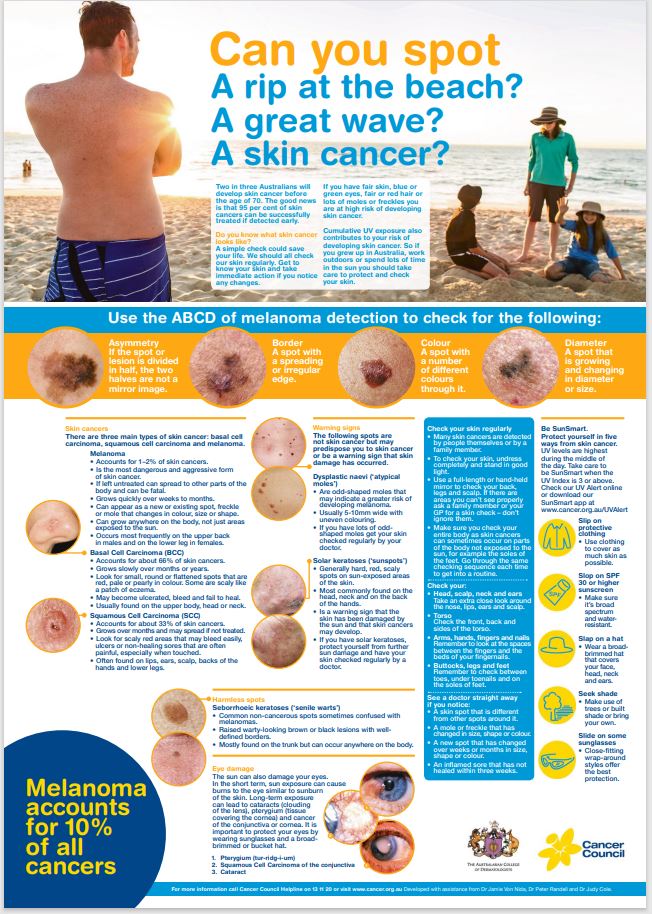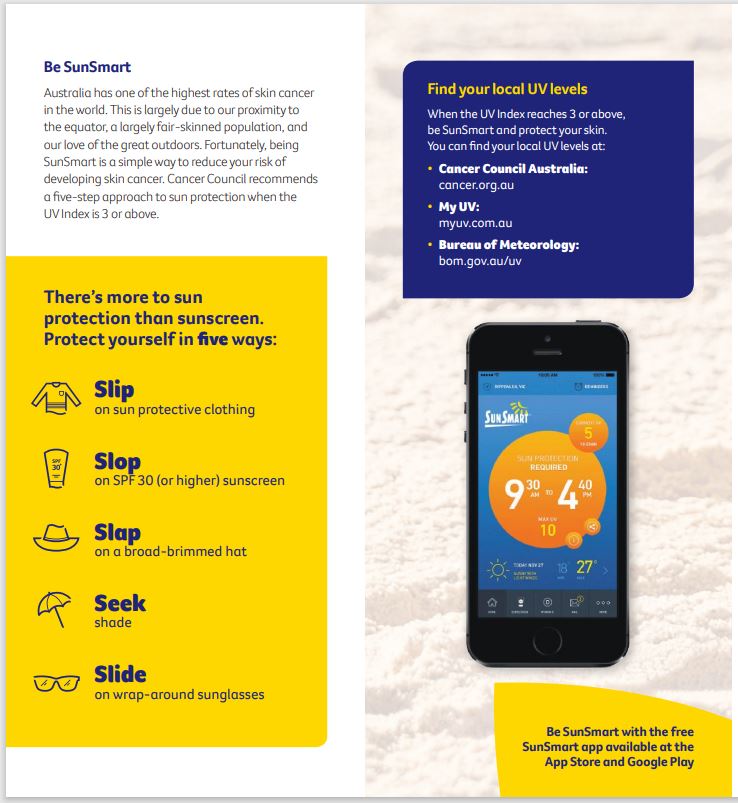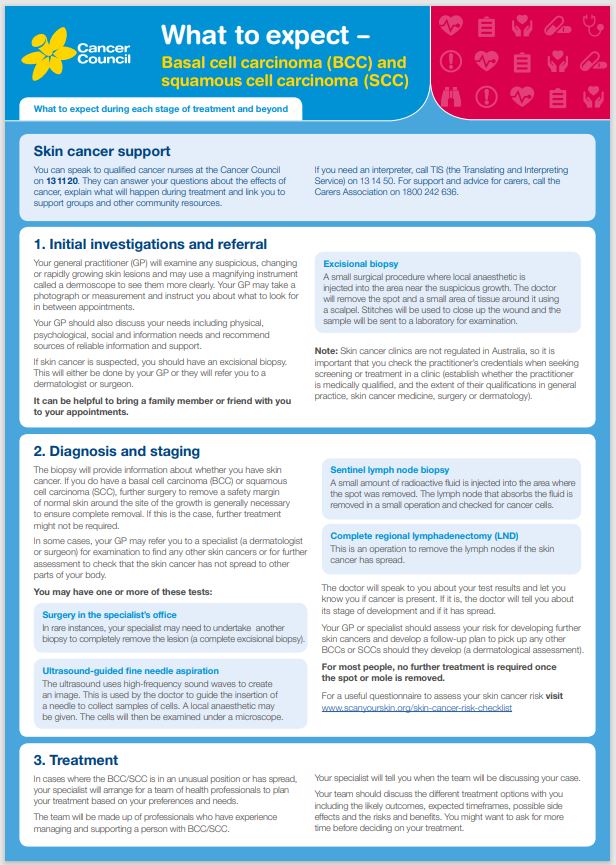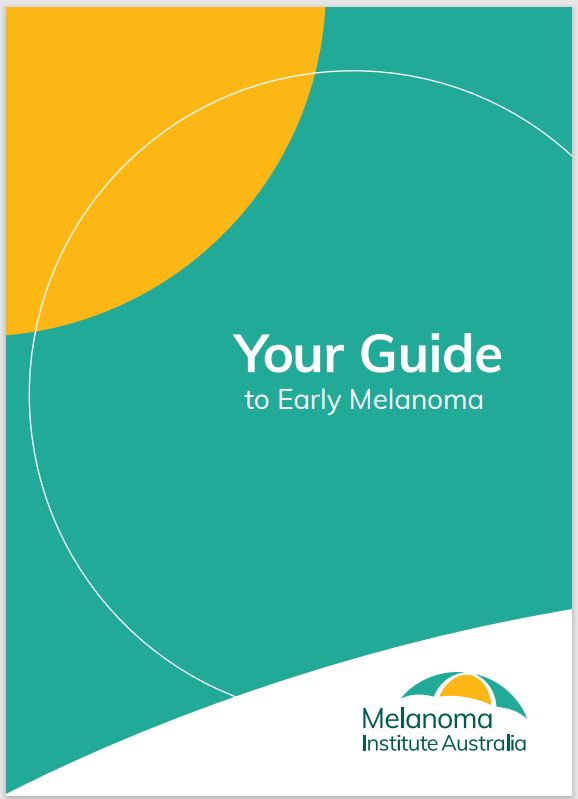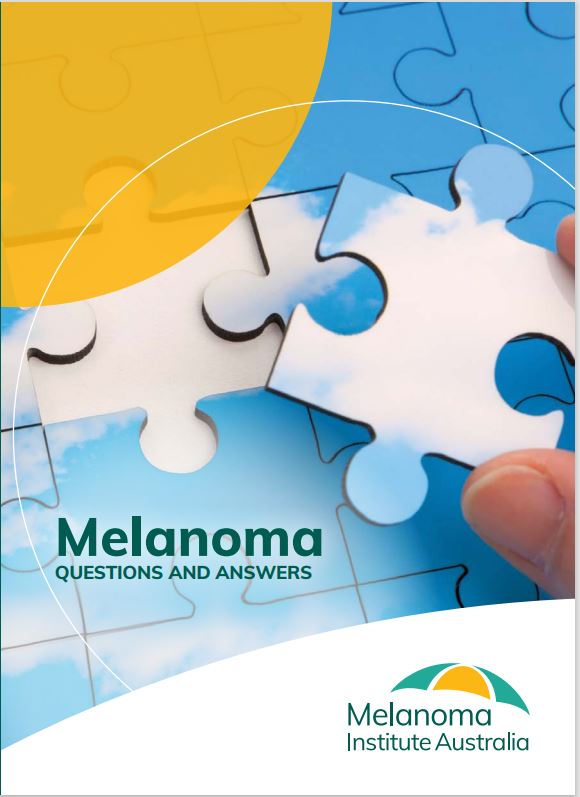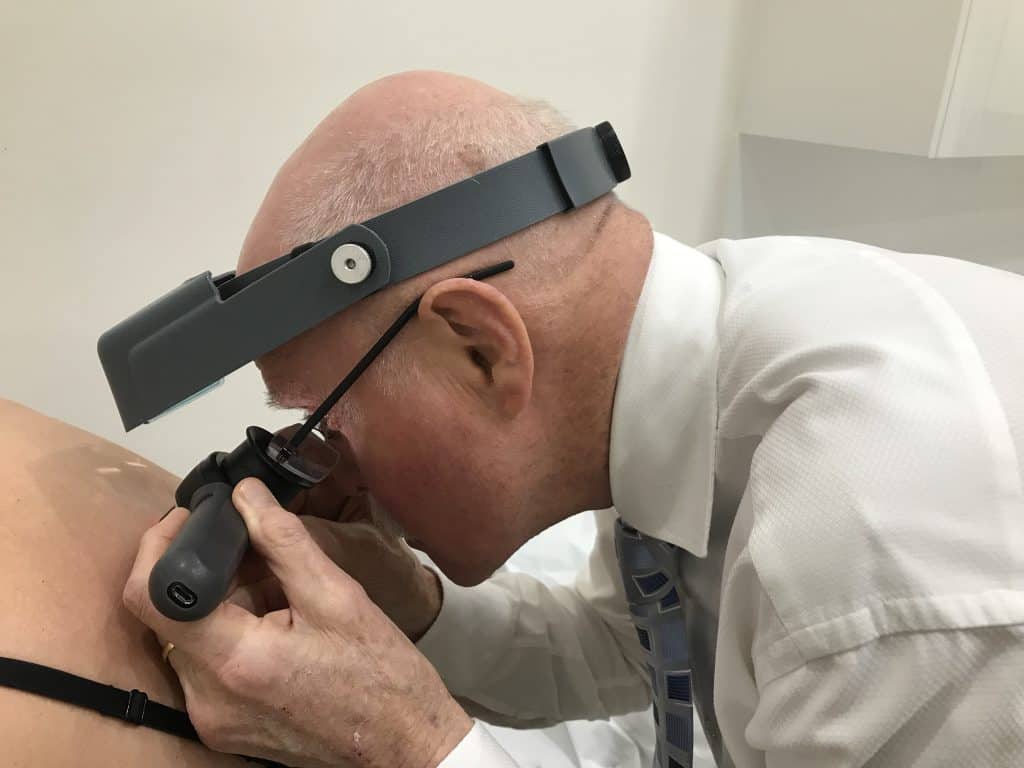
With many thousands of new cases diagnosed annually, Skin Cancer, including malignant melanoma, is the most common form of cancer in Australia. Although Skin Cancer is extremely prevalent, it is not usually lethal and has a high recovery rate, when diagnosed early and accurately.
The early changes of skin cancers are often subtle, with accurate diagnosis requiring years of experience examining skin lesions.
The Doctors at Skin Doctor SA, have decades of experience with Skin Cancers. This experience is augmented by the use of latest technologies to assist with assessments, monitoring, and treatments.
We have a number of services and treatments available including:
- Dermoscopy
- Digital, Computerised Imaging
- Mole Mapping
- Photodynamic Therapy
- Biopsies and Excisions
- Cryotherapy (Dry Ice)
The Doctors or Melanographers will assess your skin comprehensively for existing or potential skin cancers. If a lesion looks suspicious they will image the lesion using a Dermatoscope for closer computer-enhanced examination. Should suspicious features be identified, the image will be stored for monitoring at a later stage, biopsy the lesion for laboratory assessment, or arrange for excision.
Skin Cancers usually arise in skin which has been extensively sun-damaged over many years. Melanomas, however, can appear anywhere. Hence the importance of regular full body Skin Checks.
Our Doctors are extremely well-equipped to advise you on the options for reversing some of the ravages of sun and age on your skin, to make your skin look fresher, smoother, and younger.
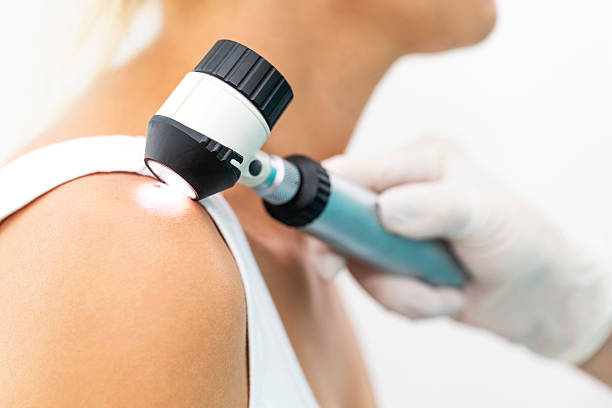
Thinning and wrinkling of skin, rough scaly texture, mottled brown or red blotching, and facial blood vessels can all be markedly improved with the wide range of treatments and skin products available at Skin Doctor SA in Semaphore.
Ask about the options suitable for your skin when you have your Skin Cancer and mole check.
Skin Cancer

Skin Cancers can be divided into two types:
- Non-Melanoma
- Basal (BCC)
- Squamous (SCC) Cell Carcinomas
- Melanoma -the least common and most aggressive.
Basal Cell Carcinoma

What you see

What we see
- Develops on areas that get more sun exposure, such as the head, face, neck, shoulders, lower arms and legs, but can occur anywhere on the body
- May appear as a pearl-coloured lump or slightly scaly area that is shiny and pale or bright pink; some appear darker
- The skin may break down (ulcerate), bleed and become inflamed; may appear to heal then become inflamed again
Squamous Cell Carcinoma

What you see

What we see
- Usually appears on parts of the body most often exposed to the sun, such as the head, neck, hands,
forearms and lower legs, but can start anywhere - Often appears as a thickened, red, scaly or crusted spot or rapidly growing lump
- May bleed and become inflamed, and is often tender to touch
Melanoma

What you see

What we see
- The ‘ugly duckling’ or a spot that acts and appears different to all other spots
- Usually begins in the skin – it can start in the eye or the moist tissue that lines certain parts of the inside of your body (less common)
- Can occur anywhere you have melanocytes, even if they are not exposed to sunlight.
- Most aggressive form of Skin Cancer
- Easily treated when found early
